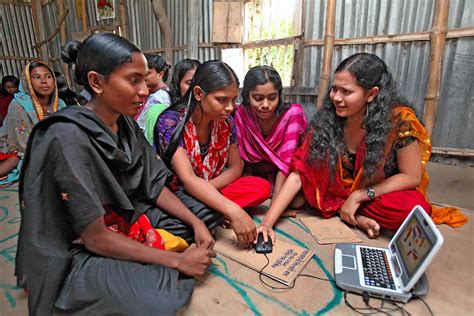Decentralized Stablecoins: A Pathway to Economic Empowerment
The global economy is on the cusp of a revolution, driven by the emergence of blockchain technology and decentralized networks. One key component of this ecosystem is stablecoins, digital currencies pegged to the value of a fiat currency. While traditional fiat currencies are often associated with centralized control and risk, decentralized stablecoins offer an innovative solution for economic empowerment, fostering greater financial inclusion, and creating new opportunities for individuals around the world.
What are Stablecoins?
Stablecoins, short for “stablecoins,” are digital assets that maintain a fixed relationship between their value and a fiat currency. They utilize advanced mathematical algorithms to prevent price fluctuations, making them attractive alternatives to traditional currencies like Bitcoin and USD. By pegging the value of stablecoins to a reliable fiat currency, they offer a level of stability and security, allowing users to invest in digital assets without worrying about market volatility.
The Benefits of Decentralized Stablecoins
Decentralized stablecoins have several benefits that make them an attractive option for economic empowerment:
- Increased Financial Inclusion: By providing access to financial services, decentralized stablecoins can democratize the world’s economy, bridging the gap between affluent countries and underserved communities.
- Improved Security: Stablecoin networks are designed to be secure, resistant to hacking, and transparent, reducing the risk of financial crimes and market manipulation.
- Regulatory Compliance

: Decentralized stablecoins operate independently from traditional financial systems, making it easier for individuals to comply with regulatory requirements and avoid tax evasion.
- Decentralized Governance: Stablecoin ecosystems often feature decentralized governance models, allowing token holders to participate in decision-making processes and shape the direction of their digital assets.
Key Players in the Decentralized Stablecoin Ecosystem
Several companies are driving innovation in the decentralized stablecoin space:
- USD Coin (USDC)
: A fully collateralized stablecoin pegged to the value of USD, launched by Circle and Coinbase in 2018.
- Dai (DAI): A decentralized lending platform that utilizes stablecoins as collateral, founded by Yuga Labs in 2020.
- MakerDAO: A decentralized cryptocurrency designed for decentralized finance (DeFi) applications, which has developed a range of stablecoin-based solutions.
Challenges and Limitations
While decentralized stablecoins hold tremendous promise, there are several challenges that must be addressed:
- Scalability: The limited scalability of traditional stablecoins hinders their adoption by mainstream institutions.
- Regulatory Uncertainty: Governments and regulatory bodies still need to define the regulatory landscape for decentralized stablecoins.
- Lack of Standardization: Different stablecoin platforms have different architectures, making it difficult for users to understand and compare them.
Conclusion
Decentralized stablecoins represent a groundbreaking pathway to economic empowerment, offering greater financial inclusion, security, and regulatory compliance. As the ecosystem continues to evolve, we can expect to see new innovations emerge that address existing challenges. With their potential to democratize access to financial services and create new opportunities for growth, decentralized stablecoins are poised to revolutionize the world’s economy.
Recommendations
- Diversify Your Portfolio: Consider incorporating a small allocation of decentralized stablecoins into your investment portfolio.
2.


